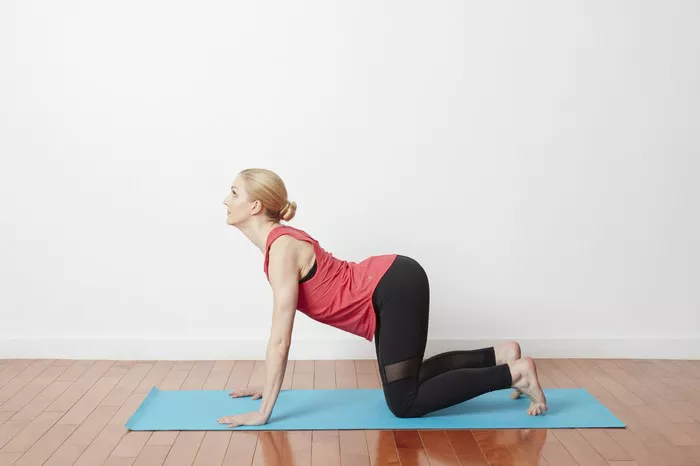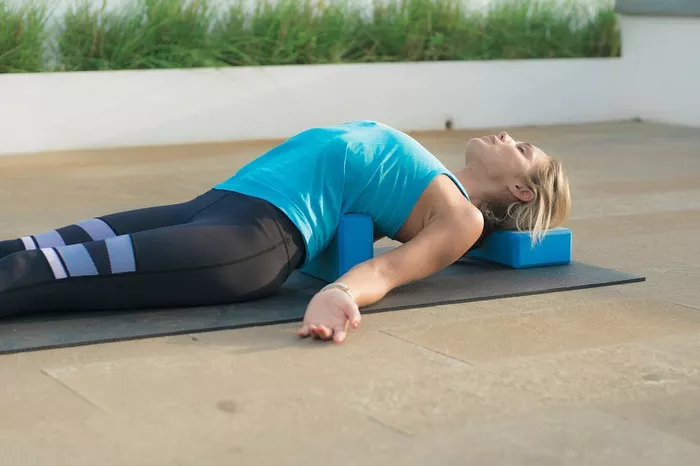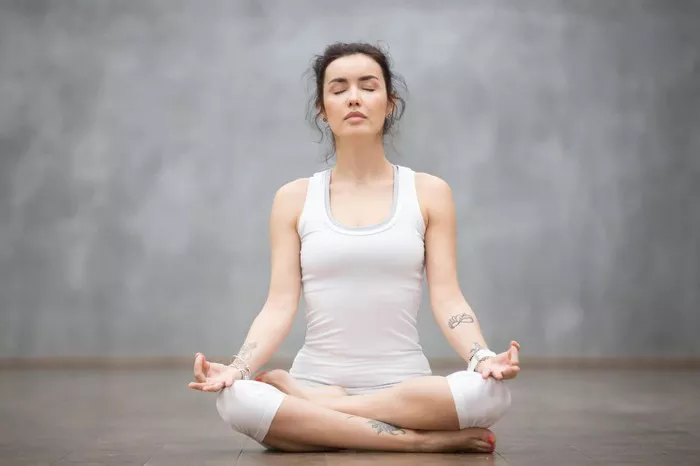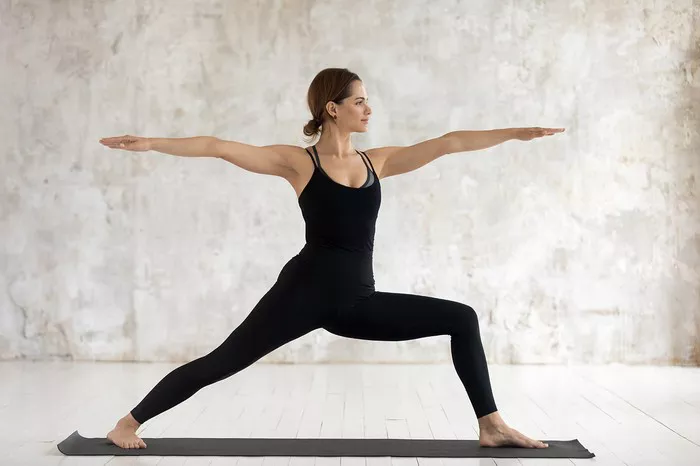Yoga, an ancient practice originating in India, encompasses a myriad of poses that not only promote physical well-being but also cultivate mental clarity and spiritual balance. Among these poses, the Cat-Cow Pose, also known as Marjaryasana-Bitilasana, holds a significant place due to its profound effects on both the body and mind. In this comprehensive guide, we delve into the origins, symbolism, physical and mental benefits, variations and modifications, step-by-step instructions, as well as precautions and contraindications associated with the Cat-Cow Pose.
Origins and Symbolism
The Cat-Cow Pose finds its roots in Hatha yoga, a branch of yoga that focuses on physical postures (asanas) and breath control (pranayama) to achieve balance between body and mind. The pose is a combination of two distinct movements: the arching of the back resembling a cat’s stretch (Marjaryasana) and the dipping of the spine resembling a cow’s stretch (Bitilasana). This seamless flow between the two poses symbolizes the unity of opposites – the graceful, fluid movements of the spine represent the harmonious balance between strength and flexibility, effort and ease.
In addition to its physical symbolism, the Cat-Cow Pose is often associated with emotional release and energetic alignment. By synchronizing breath with movement, practitioners can tap into the subtle energy centers (chakras) along the spine, promoting a sense of balance and vitality throughout the body.
Physical and Mental Benefits
The Cat-Cow Pose offers a multitude of benefits for both the body and mind, making it a staple in yoga practices worldwide. Some of the key benefits include:
1. Spinal Flexibility: The rhythmic movement of the spine in Cat-Cow Pose helps increase flexibility and mobility in the entire length of the vertebral column, reducing stiffness and tension.
2. Core Strength: Engaging the abdominal muscles while transitioning between Cat and Cow poses strengthens the core muscles, improving stability and posture.
3. Stress Relief: The gentle, repetitive motion of Cat-Cow Pose encourages deep breathing and relaxation, helping to alleviate stress and calm the mind.
4. Digestive Health: By stimulating the abdominal organs, particularly the digestive system, Cat-Cow Pose can aid in digestion and alleviate symptoms of indigestion or bloating.
5. Mind-Body Connection: Practicing Cat-Cow Pose fosters a heightened awareness of the connection between breath and movement, promoting mindfulness and presence on the mat.
Variations and Modifications
While the traditional Cat-Cow Pose is accessible to practitioners of all levels, variations and modifications can be incorporated to suit individual needs and abilities. Some common variations include:
1. Extended Cat-Cow Pose: In this variation, practitioners extend one arm or leg while in the Cat or Cow position, respectively, to further engage the core muscles and enhance balance.
2. Supported Cat-Cow Pose: Placing a bolster or block beneath the hands or knees can provide additional support for practitioners with limited mobility or wrist sensitivity.
3. Dynamic Cat-Cow Flow: Transitioning between Cat and Cow poses in a fluid, continuous motion creates a dynamic flow sequence that increases heart rate and builds heat in the body.
4. Seated Cat-Cow Pose: For individuals with difficulty getting down on the floor, Cat-Cow Pose can be performed while seated in a chair, focusing on spinal movement and breath awareness.
Step-by-Step Instructions
To practice the Cat-Cow Pose safely and effectively, follow these step-by-step instructions:
1. Start in Tabletop Position: Begin on your hands and knees, with wrists aligned under shoulders and knees under hips. Spread fingers wide for stability.
2. Inhale into Cow Pose: As you inhale, arch your back, dropping your belly towards the mat, and lift your gaze towards the ceiling. This is Cow Pose.
3. Exhale into Cat Pose: As you exhale, round your spine towards the ceiling, tucking your chin to your chest and drawing your navel towards your spine. This is Cat Pose.
4. Continue the Flow: Flow smoothly between Cat and Cow poses, coordinating each movement with your breath. Inhale for Cow, exhale for Cat.
5. Repeat Several Times: Continue the Cat-Cow flow for 5-10 rounds, focusing on the fluidity of movement and the rhythm of your breath.
6. Release and Rest: After completing the desired number of rounds, return to a neutral tabletop position and take a few moments to rest and observe the effects of the practice.
Precautions and Contraindications
While Cat-Cow Pose is generally safe for most practitioners, there are some precautions to keep in mind to avoid strain or injury:
1. Wrist Pain: If you experience discomfort in your wrists, try using a folded blanket or pad beneath your hands to provide cushioning and support.
2. Neck Injury: Avoid excessive strain on the neck by keeping the movement of the head gentle and controlled. If you have a neck injury or discomfort, keep the gaze neutral and avoid dropping the head too far back in Cow Pose.
3. Pregnancy: Pregnant individuals should modify Cat-Cow Pose by keeping the movements gentle and avoiding deep arching or rounding of the spine. Consult with a qualified prenatal yoga instructor for personalized guidance.
4. Recent Abdominal Surgery: If you have undergone abdominal surgery or have abdominal injuries, approach Cat-Cow Pose with caution and avoid deep abdominal contractions.
5. Lower Back Pain: If you experience lower back pain, be mindful of the depth of your spinal movement and avoid excessive arching or rounding that exacerbates discomfort.
By honoring your body’s limitations and practicing mindfulness, you can enjoy the many benefits of Cat-Cow Pose safely and effectively as part of your yoga journey. As with any yoga practice, listen to your body’s signals, and if you experience persistent pain or discomfort, seek guidance from a qualified yoga instructor or healthcare professional.
Conclusion
In conclusion, the Cat-Cow Pose serves as a potent reminder of the inherent connection between breath, movement, and awareness, offering practitioners a pathway to physical vitality, mental clarity, and spiritual harmony on and off the mat. Embrace the fluidity of the Cat-Cow flow and allow it to guide you towards greater balance and well-being in body, mind, and spirit.
FAQs:
Does Cat Cow Pose reduce belly fat?
Cat-Cow Pose primarily focuses on increasing spinal flexibility, strengthening the core muscles, and improving digestion. While it can contribute to overall weight management by promoting a healthy metabolism and aiding in digestion, it is not specifically targeted for reducing belly fat. A balanced diet, regular cardiovascular exercise, and a comprehensive yoga practice that includes a variety of poses are more effective for reducing belly fat.
Does Cat-Cow strengthen pelvic floor?
Yes, Cat-Cow Pose can help strengthen the pelvic floor muscles indirectly. By engaging the core muscles, including the muscles of the pelvic floor, during the transition between Cat and Cow poses, practitioners can enhance pelvic floor stability and support. Consistent practice of Cat-Cow Pose, along with other pelvic floor exercises, can contribute to improved pelvic floor strength and function.
How long should you hold Cat-Cow stretch?
In Cat-Cow Pose, the focus is on flowing through the movements with the breath rather than holding static stretches. Aim to move smoothly between Cat and Cow poses, coordinating each movement with a full breath cycle. Generally, you can perform 5-10 rounds of Cat-Cow stretches, allowing each transition to take approximately 3-5 seconds. However, there is no specific duration for holding the stretch as the emphasis is on fluid movement and breath awareness rather than static holds.
























